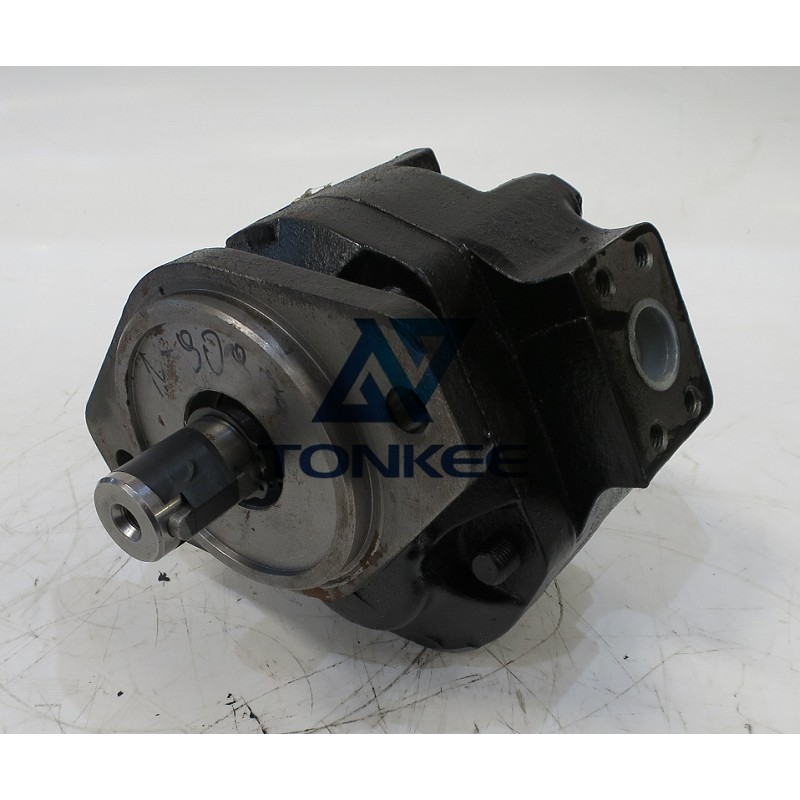
Model: 5H1 40029JCB
Type: Hydraulic Gear Pump
Application: Heavy machinery, including JCB construction equipment
Flow Rate: Varies depending on specific model and application
Pressure Rating: Typically designed to handle high-pressure hydraulic systems
Material: High-quality materials, often including robust cast iron for durability
Mounting Type: Various mounting options available to suit different equipment configurations
Sealing: Equipped with high-performance seals to prevent fluid leakage
Size and Weight: Dimensions and weight vary based on the specific model
Features:
Efficient Gear Design: The 5H1 40029JCB hydraulic gear pump utilizes precision-engineered gears that mesh smoothly to efficiently transfer hydraulic fluid.
This design maximizes performance while minimizing wear and tear.
Durability: Manufactured from high-quality materials, such as cast iron, this pump is built to withstand harsh working conditions and resist corrosion. This ensures a long service life, reducing maintenance costs.
High Pressure Capability: These pumps are designed to handle high-pressure hydraulic systems commonly encountered in heavy machinery. This capability is essential for lifting, digging, and other heavy-duty operations.
Low Noise Operation: Some models of the 5H1 40029JCB hydraulic gear pump are engineered to operate quietly, reducing noise pollution in work environments.
Multiple Mounting Options: The pump is available with various mounting options to accommodate different equipment configurations, making it versatile and adaptable to various applications.
Seal Technology: Equipped with high-performance seals, this pump prevents hydraulic fluid leakage, ensuring efficient operation and preventing environmental contamination.
Functions:
The primary function of the 5H1 40029JCB hydraulic gear pump is to create fluid flow within a hydraulic system.
It accomplishes this by drawing in hydraulic fluid from a reservoir and then pressurizing it before sending it through the hydraulic lines to power various components like hydraulic cylinders, motors, and valves.
Fluid Suction: The pump draws hydraulic fluid from the reservoir into its inlet port as its gears rotate.
Compression: As the gears mesh, they trap the fluid between them, compressing it and creating pressure.
Fluid Discharge: The pressurized fluid is then forced out of the pump's outlet port and into the hydraulic system, providing the necessary power to drive hydraulic components.
Control and Regulation: The flow rate and pressure of the hydraulic fluid can be controlled and regulated to suit the specific needs of the equipment through valves and controls within the hydraulic system.